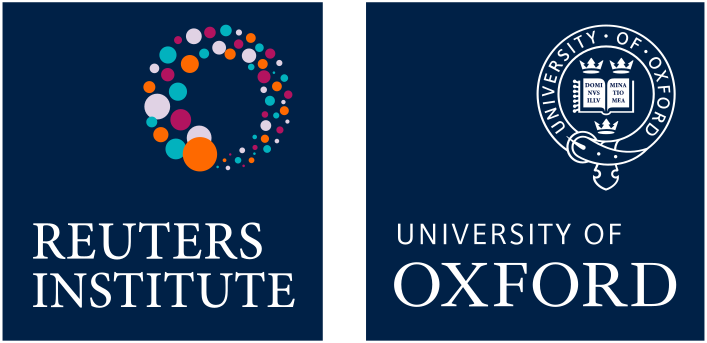
Australia
The Australian government has been at the forefront of global efforts to protect consumers from the harmful effects of social media – along with a possible new levy on big tech to support news publishers. A landslide second-term victory for Anthony Albanese’s Labor party in May’s federal elections is likely to see a continuation of these efforts along with further support for beleaguered regional media.
Towards the end of 2024 the Australian government announced it would pass legislation requiring that social media platforms remove false, misleading, or deceptive content likely to cause serious harm. This was proposed as part of a suite of possible safeguards including truth in political advertising laws and tighter regulation of AI and deep fakes.1 But the government withdrew the legislation at the eleventh hour after failing to secure the support needed to pass the Senate. The main concern among detractors was that subjective definitions of serious harm could result in the law being misused for censorship.
The government was successful, however, in securing a minimum age of 16 for social media platform users in Australia. The Online Safety Amendment (Social Media Minimum Age) Act 2024 will take effect in December 2025 and requires platforms to take reasonable steps to establish that users are not aged under 16. Platforms would face significant financial penalties – up to AU$50m – if they fail to meet these obligations. While the legislation requires platforms to implement some form of age assurance, it does not specify how that should occur.
Meta announced in March 2024 that it would not be entering into any new commercial agreements under the News Media Bargaining Code, casting doubt on whether the government can motivate platforms to continue subsidising news organisations. In December, the government upped the ante, announcing it would charge digital platforms annually if they refused to enter into or renew contracts with news companies. Calculated on the basis of their Australian revenue, these fees could cost the platforms tens of millions of dollars. Calling it the News Bargaining Incentive, the Minister for Communications argued it was not in Australia’s best interests for platforms to circumvent the code by removing news.2 However, this new levy is yet to materialise. Instead, news companies such as News Corp and the Guardian have struck financial agreements with generative AI companies to pay for training their Large Language Models on their content.
With Meta not renewing its funding agreements and Google reducing their deals, there are concerns the local print/digital sector will continue to contract. To address this, the government is advancing its $180m News Media Assistance Program, with grants being directed towards multicultural, First Nations, suburban, and regional news publishers. Separately, the public broadcaster ABC indicated it would ‘not back away from’ its commitment to regional journalism. In addition to rebranding its local digital and social media outlets, it is retaining the 60 regional journalists it originally hired with Meta and Google funding.
Following Meta’s announcement News Corp made significant cuts to its national reporting team, Seven West Media announced it would close 150 posts, and Nine Entertainment followed suit sacking 200 employees. Regional news outlets are also struggling, and TV and radio companies have repositioned themselves to take advantage of market gaps. Once a mainstay in regional television, Southern Cross Austereo sold its licences in Queensland, Victoria, and southern New South Wales to Network 10. It sold its remaining TV assets to conservative news organisation Australian Digital Holdings, which is rolling out an Australian arm of American right-wing news outlet Newsmax.
Several media companies are hoping technology can deliver efficiency gains. In March 2025, News Corp announced plans for a generative AI tool in its newsrooms. The company has been using AI to produce local news stories since 2023, but the introduction of their own in-house tool, NewsGPT, suggests a major focus on AI as part of their journalistic workflow. Meanwhile recent research suggests that Australian audiences and journalists are concerned that AI-generated content may have the capacity to mislead.3
The Australian market for streaming services is oversaturated as Max (Warner Bros. Discovery) is set to join Paramount+, Netflix, Stan, Disney+, and Amazon Prime Video among the constellation of offerings available. With the market dominated by US companies, there is concern about the low amounts of local film and television available on streaming services. While commercial and pay-TV services are required to meet local content quotas, streaming services are not. Although the government has discussed the possibility of introducing quotas as recently as November 2024, so far they are yet to act.
Kieran McGuinness
News and Media Research Centre, University of Canberra
Changing media
Despite slight increases in print use the long-term trend in Australia is towards social and online news on digital devices, with traditional brands dominating the market.
Pay for online news
22%
(+1)
Trust in news overall
43%
(+3)
=17/48
Australia’s news media are not as polarised as those in the UK and US. Audience levels of trust remain steady. The main public broadcasters ABC and SBS continue to attract the most trust, though popular commercial television and national newspapers are only slightly behind.

